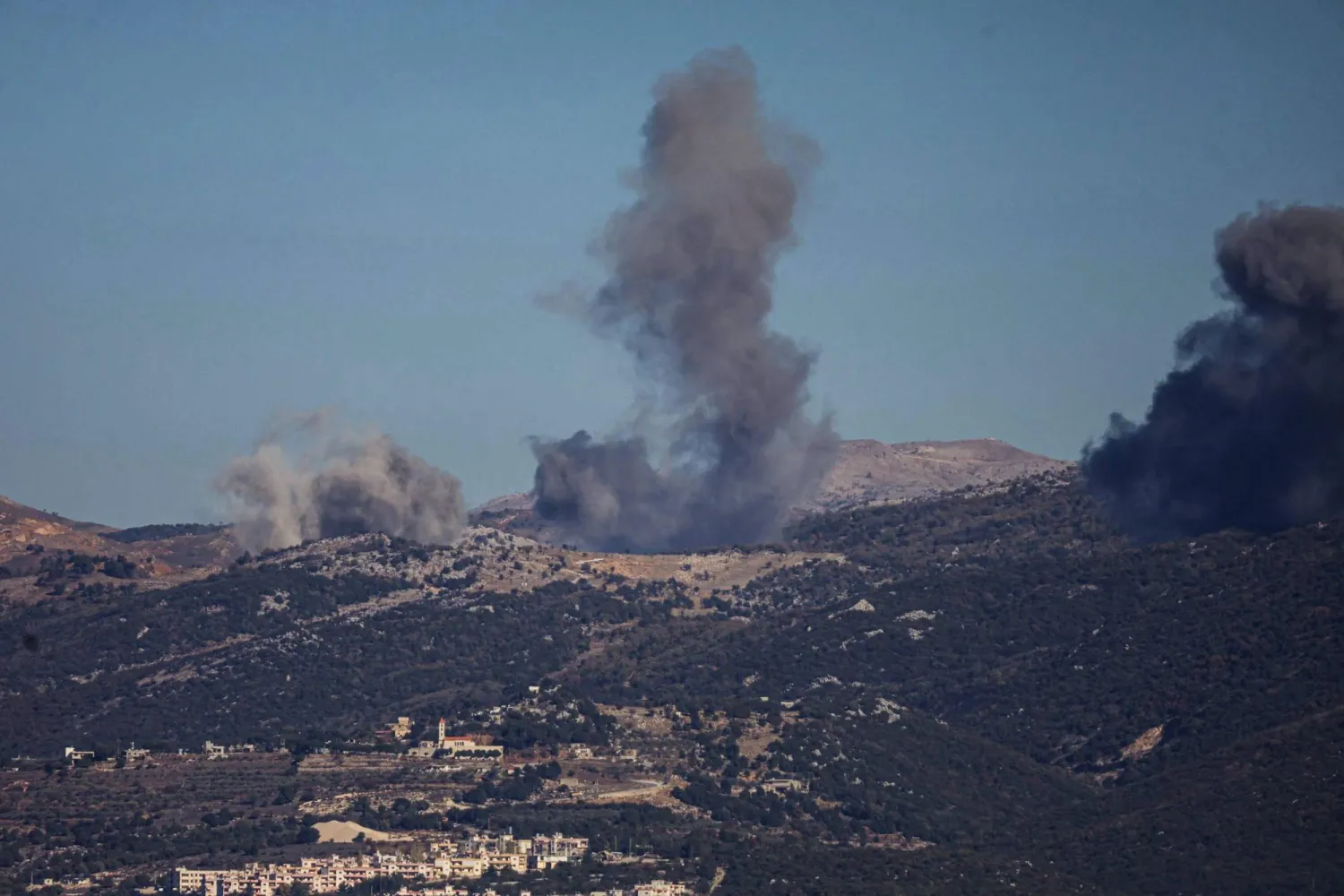Israel has ramped up its use of small suicide drones in Gaza in recent days, increasingly deploying quadcopter-style devices in targeted strikes, particularly against individuals, according to field sources who spoke to Asharq Al-Awsat.
At least nine drones exploded in various areas across the Gaza Strip over a four-day period, with most of the strikes hitting targets inside displacement shelters, the sources said.
While Israel had used such drones sparingly since the war began, their deployment has expanded significantly in recent days, marking the first time they have been used in a concentrated manner to strike senior Palestinian resistance figures, prominent militants, and some employees working in the Hamas-run government.
The quadcopters are small, remotely detonated drones equipped with explosive charges. Designed for precision, they can ignite fires upon detonation, which often leads to a higher casualty toll—particularly in crowded shelters where fires can spread rapidly.
The sources reported an uptick in drone activity in the skies over several areas of the enclave, suggesting Israel may further escalate their use in the coming days as part of a strategy to eliminate targeted individuals.
Meanwhile, the United States said unexploded ordnance now litters much of the Gaza Strip following tens of thousands of Israeli airstrikes, rendering the territory “uninhabitable,” according to Reuters.
Israel Intensifies Use of Suicide Drones in Gaza

Palestinians inspect damage from an Israeli attack on a displacement shelter school in the Jabaliya refugee camp, northern Gaza (AFP)

Israel Intensifies Use of Suicide Drones in Gaza

Palestinians inspect damage from an Israeli attack on a displacement shelter school in the Jabaliya refugee camp, northern Gaza (AFP)
لم تشترك بعد
انشئ حساباً خاصاً بك لتحصل على أخبار مخصصة لك ولتتمتع بخاصية حفظ المقالات وتتلقى نشراتنا البريدية المتنوعة







